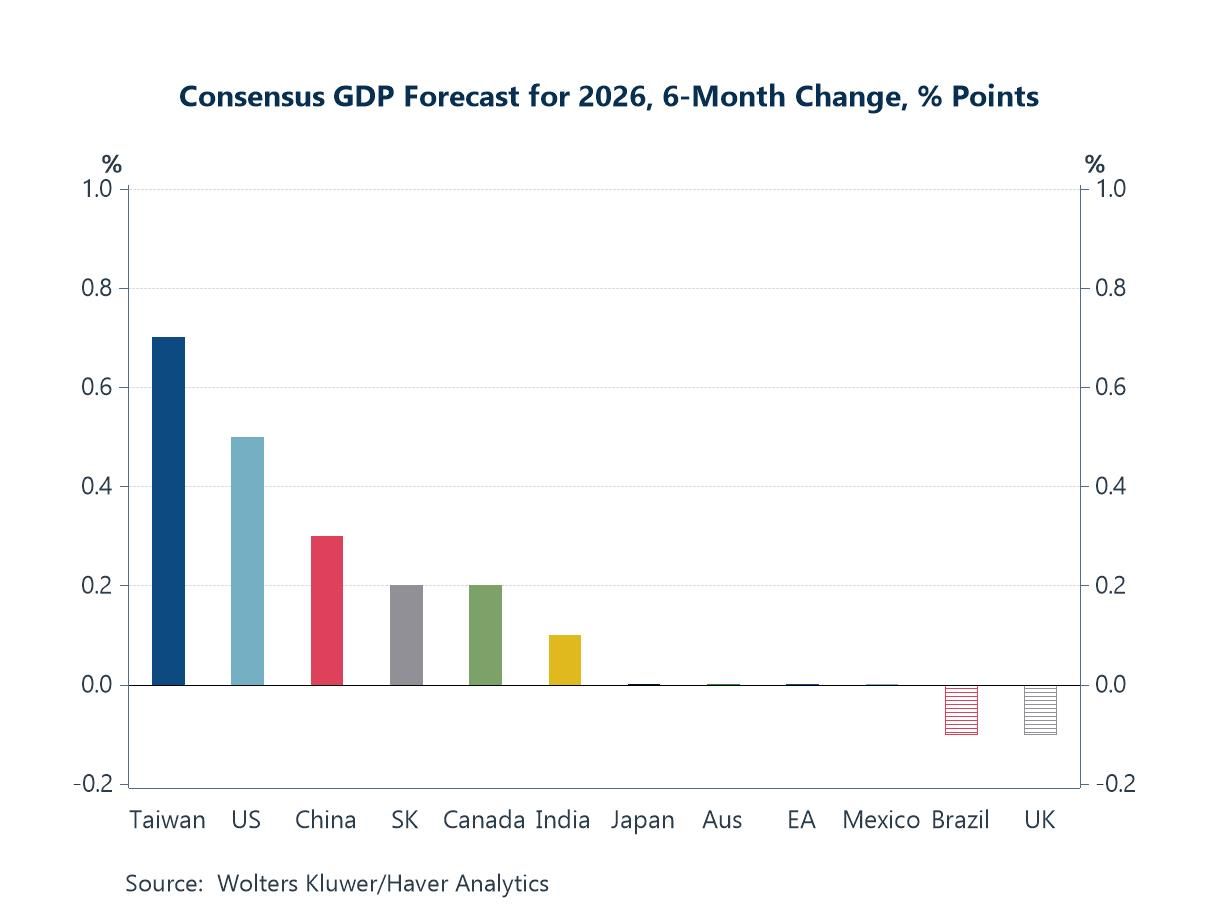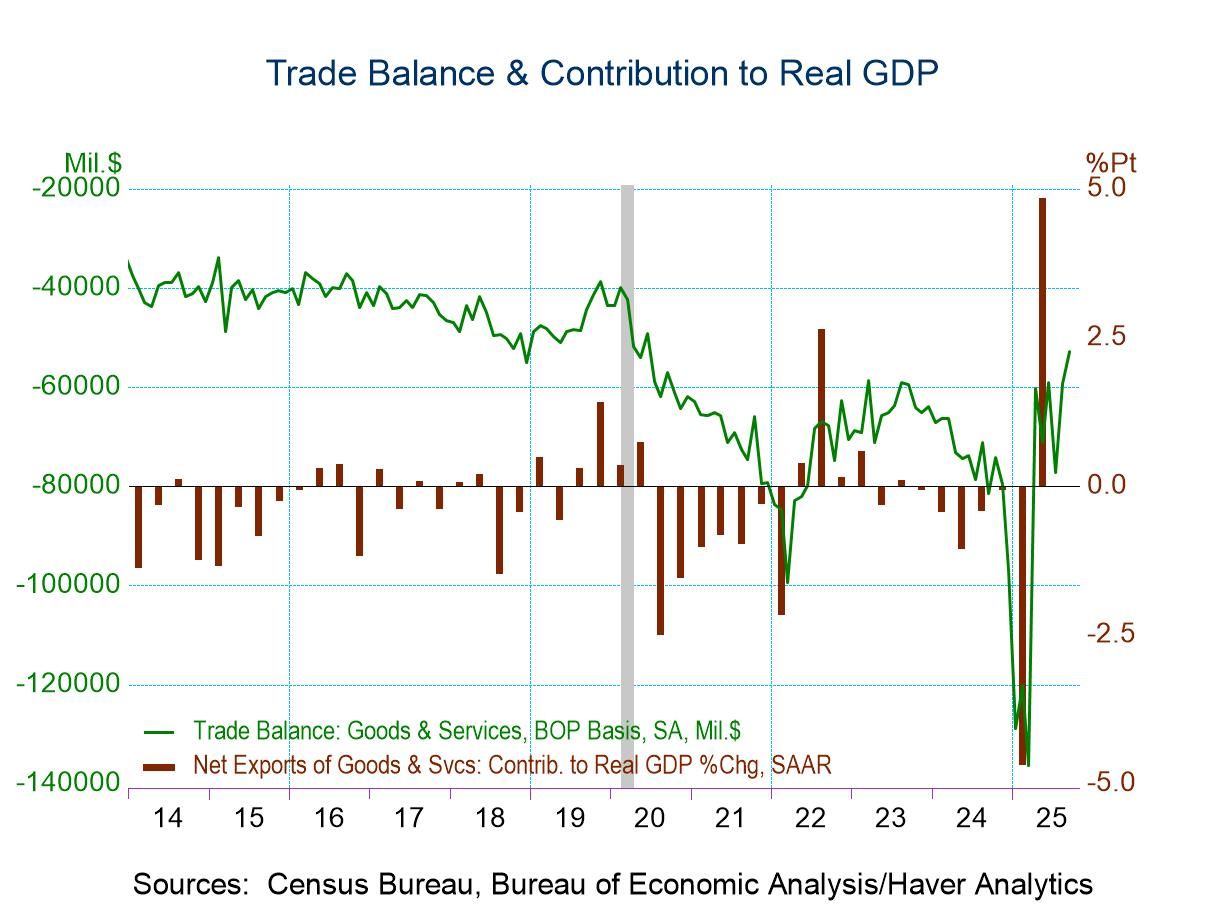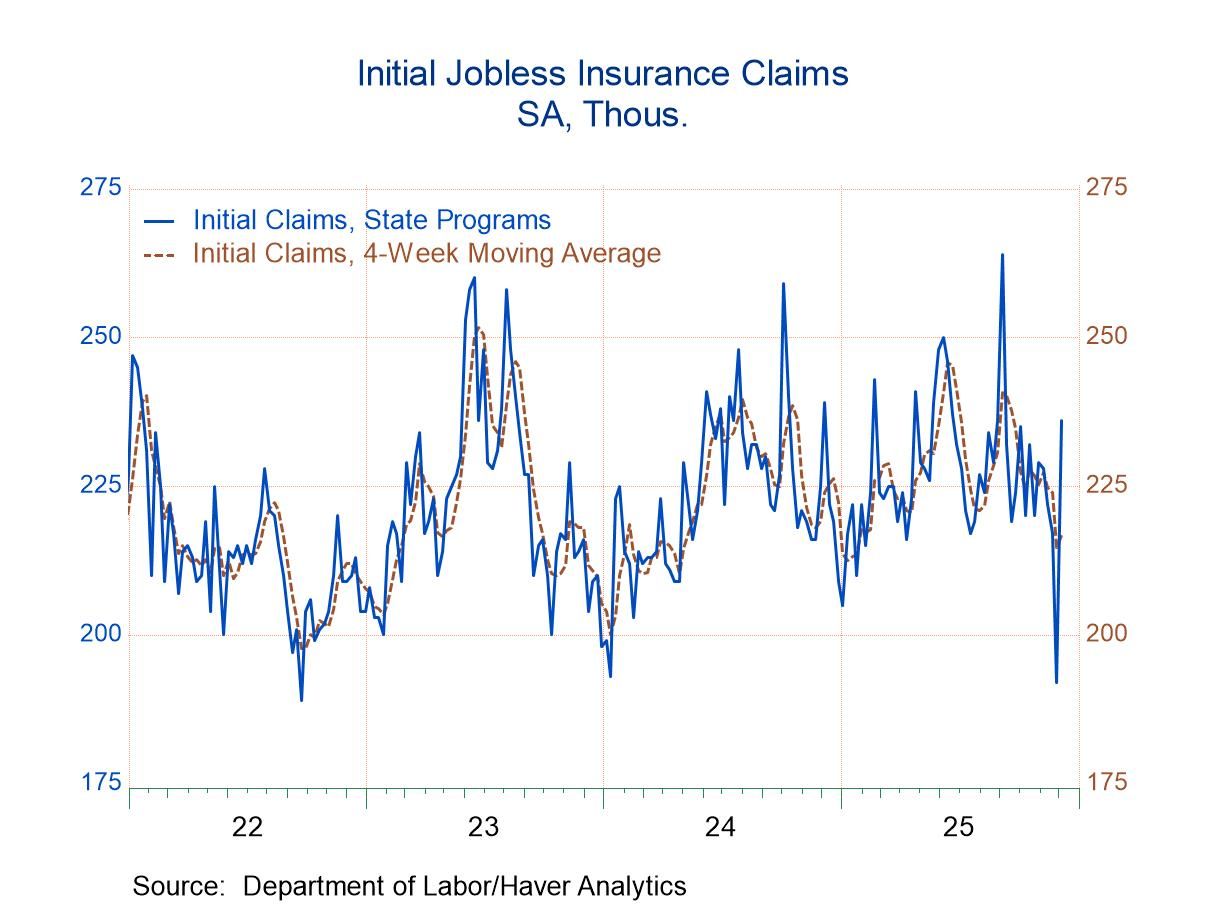Employment Costs: Continued Downward Trend, but Deceleration Beginning to Slow
Summary
- Growth in Q4 was in line with other recent readings.
- Results bode well for the Fed's inflation fight, but perhaps too soon to declare mission accomplished.

The employment cost index, arguably the most accurate measure of labor compensation in the United States, rose 0.9 percent in the fourth quarter of 2024. The latest observation was one tick more than the reading in Q3 but in line with other recent results. The year-over-year change totaled 3.8 percent, continuing the downward trend from the peak of 5.1 percent in 2022, when a robust labor market led to brisk advances in labor compensation.
The employment cost index includes the effects of both wages and benefits. In most recent quarters wages have increased at a slightly faster pace than benefits, and that was the case in Q4, as wages rose 0.9 percent versus 0.8 percent for benefits.
A breakdown by sector showed that service-producing industries registered larger gains than goods-producing industries (0.89 percent versus 0.75 percent), a common pattern seen in recent years. Workers in state and local governments outpaced those the private sector for the fifth time in the past six quarters (0.95 percent versus 0.84 percent).
Readings on employment costs could be assessed relative to the Federal Reserve’s inflation target of 2.0 percent. Allowing for an average productivity gain of 1.5 percent, annual labor compensation growth of 3.8 percent would point to an inflation rate of 2.3 percent, only marginally above the Fed’s target. Some observers might argue that advances in artificial intelligence will lead to a jump in productivity, which would dampen the influence of labor compensation on inflation.
The employment cost index measures the change in the cost of labor, free from the influence of employment shifts across occupations and industries. It is provided by the Bureau of Labor Statistics and is available in Haver’s USECON database. Consensus estimates from the Action Economics Forecast Survey are in Haver’s AS1REPNA database.


Michael J. Moran
AuthorMore in Author Profile »Before joining Haver Analytics in 2025, Michael J. Moran was the chief economist of Daiwa Capital Markets America Inc. He was responsible for preparing the firm’s economic forecast and interest rate outlook. He traveled frequently to visit the clients of Daiwa Capital Markets and wrote weekly economic commentary. Mr. Moran also was involved in the flux of financial markets, as he spent a portion of each day on Daiwa’s trading floor interpreting economic statistics and Federal Reserve activity for traders and salespeople. Mr. Moran is quoted frequently in the financial press, and he appears regularly on cable news shows. He also has published articles in several journals and periodicals. Before joining Daiwa Capital Markets America, Mr. Moran worked as an economist at the Federal Reserve Board in Washington, D.C. where he analyzed a broad range of issues dealing with the financial sector of the economy and regularly briefed the Board of Governors. He was on the faculty of Pennsylvania State University from 1979 to 1980 and taught on a part-time basis at George Washington University from 1980 to 1987.
Mr. Moran received his Ph.D. in economics from Pennsylvania State University in 1980 and a B.S. in business administration from the University of Bridgeport in 1975. He was a CFA charter holder from 2002 until 2016.





 Global
Global
